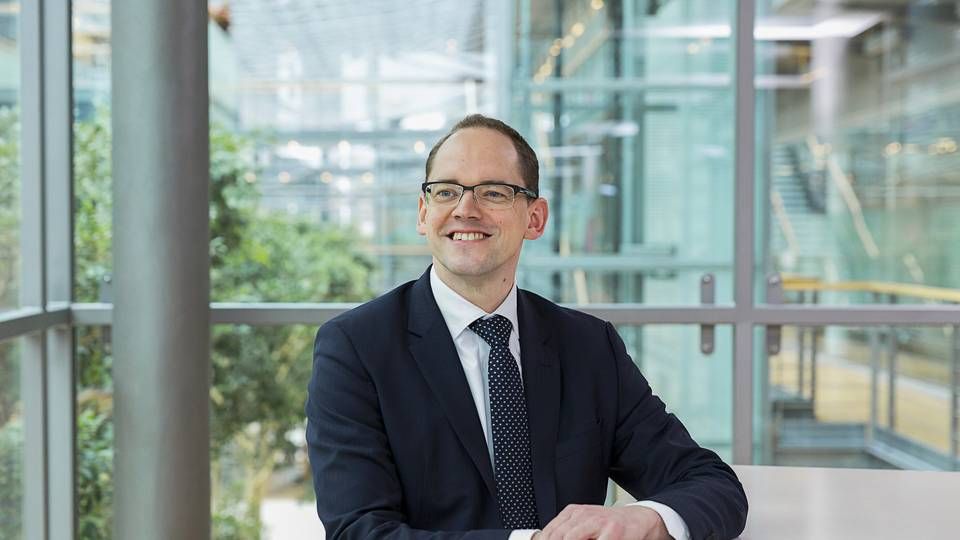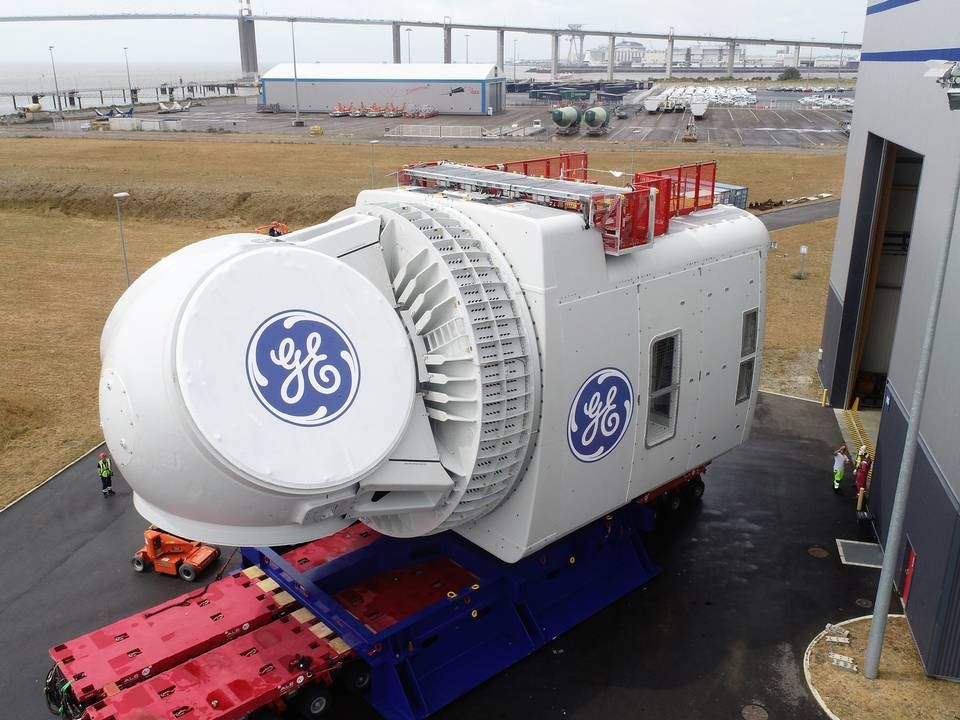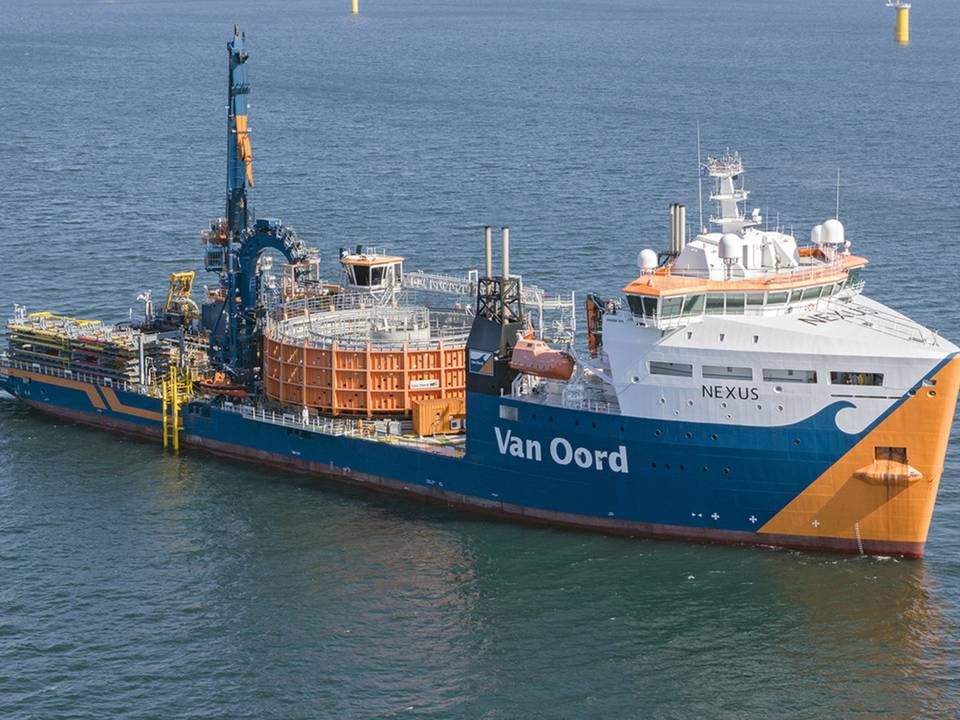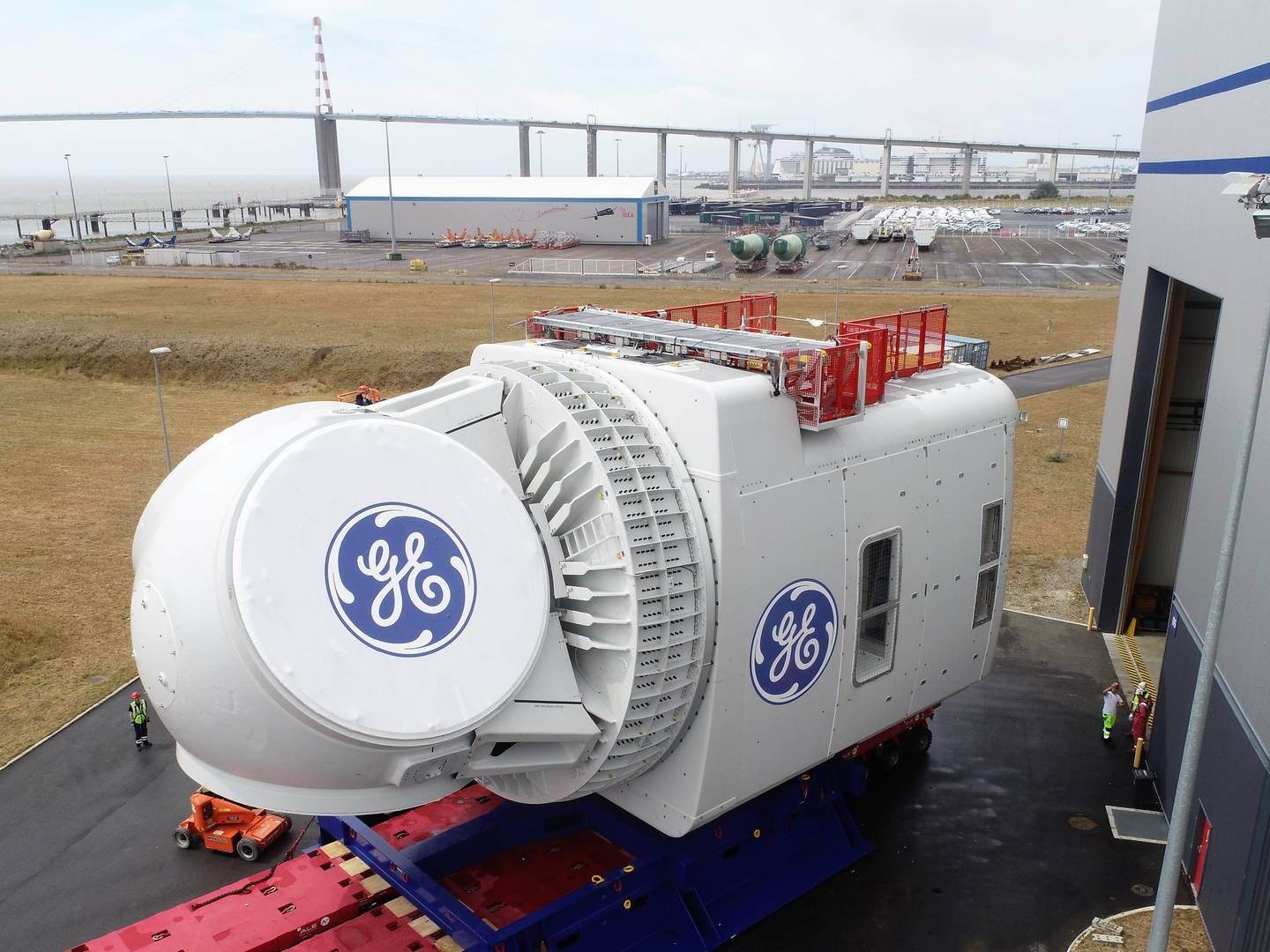"It's a fine package, technically and commercially"

"The day was set to arrive, and now it's here," says Martin Neubert, Ørsted's chief executive for Offshore wind.
He refers to the market introduction of GE's Haliade X platform. Thursday, Ørsted was the first developer to nominate the US-based industrial group's 12 MW offshore wind turbine for two US Eastern Seaboard projects, Skipjack and Ocean Wind, with a combined capacity of 1,220 MW – a selection that launches both the machine and its maker into the field of offshore wind hardware competition, which in recent years has been utterly dominated by MHI Vestas and Siemens Gamesa.
Neubert hesitates slightly when asked about whether widening market rivalry with a third supplier was an independent factor behind the Danish utility's selction. He would rather speak abut their positive, common industrial history: That the global offshore wind market is headed for a doubling to 100 GW in 2030, and thus it's all about securing a sufficiently large supply chain capable of baking a pie big enough to satisfy many mouths.
He concedes, however, that there are advantages to be gained by having more suppliers from which to choose.
"The entire industry benefits from healthy competition in the same way that electricity customers do from the healthy competition among us developers," the offshore CEO says.
"But competition cannot be reduced to mere pricing. Healthy competition within technological innovation is at least equally important for reducing costs, and 12 MW wind turbines are an important step," he adds.
The patron of mega-turbines
Already back at its 2018 capital markets day, Ørsted insinuated, however, what was in store. Here, the utility highlighted "the qualification of new suppliers, increasing competition" as an element the utility was pursuing to remain the industry leader. This is no new notion for the global offshore wind market leader.
Whereas Ørsted is often seen as a patron for Siemens Gamesa's equipment, which has been chosen for 28 out of 33 offshore wind projects – all inclusive – in which the energy company has been involved. However, it was also Ørsted that in 2012 took Vestas by the hand into a partnership to test the V164 offshore model. Similarly, Ørsted awarded MHI Vestas with the first large-scale order for the latter's 8 MW machine.
Of course, Ørsted also gave Siemens Gamesa its initial chance to deploy the first wind turbine from its current platform. In the summer of 2012, the utility entered an agreement to buy 300 units of the German-Spanish wind OEM's then unreleased 6 MW platform, with installation having began almost instantly after the first nacelles rolled out the factory in 2014.
Technically and commercially a fine package
In that context, it has taken GE some time to take its first order. The Haliade X turbine was first announced around 18 months back, with projections of delivering the first units in 2021. Now the group expects that the ten 12 MW turbines for the first project, Skipjack, will be commissioned in late 2022. The other project, Ocean Wind, is set to enter operation two years later.
The combination of a slow start and GE's eagerness to enter the market could indicate that Ørsted is hardly paying an exorbitant price the first Haliade X units. Unsurprisingly, that's a subject about which Neubert doesn't seem immediately obliged to divulge details.
"The technical and commercial package has been convincing for us. Let's leave it at that," Neubert says.
Engineers have done their homework
The primary factor behind a possible introductory discount is, though, that deploying an entirely new wind turbine platform is not without risk. Considering the ever-larger projects – and correspondingly large investments – in offshore wind, expenses also surge for curing the pediatric ailments that often mar untested products.
"The most important single factor for us in, of course, that we feel secure in using the product. But we have many in-house wind turbine engineers who have done their homework and have thoroughly assessed the platform's full cycle. We know what feeling secure with a project requires," Neubert says, adding:
"The way we will use the turbine make fine sense. By initially using it for a small pilot project consisting of ten wind turbines, we will gain a lot of experience in how to handle these at sea, before we install them at the fist large project. Finally, we have fine experiences with GE as a producer through our many years of cooperation within transmission and onshore wind turbines."
Furthermore, the offshore CEO points out that the contract with GE includes an "significant element of commercial security" – a clause that would normally assign financial responsibility to the manufacturer in the event of malfunction or delays.
English Edit: Daniel Frank Christensen
Ørsted brings GE into offshore wind market with major order
Ørsted awards contract in Taiwan
Related articles
Ørsted brings GE into offshore wind market with major order
For subscribers
Ørsted awards contract in Taiwan
For subscribers




















.jpg&w=384&q=75)




